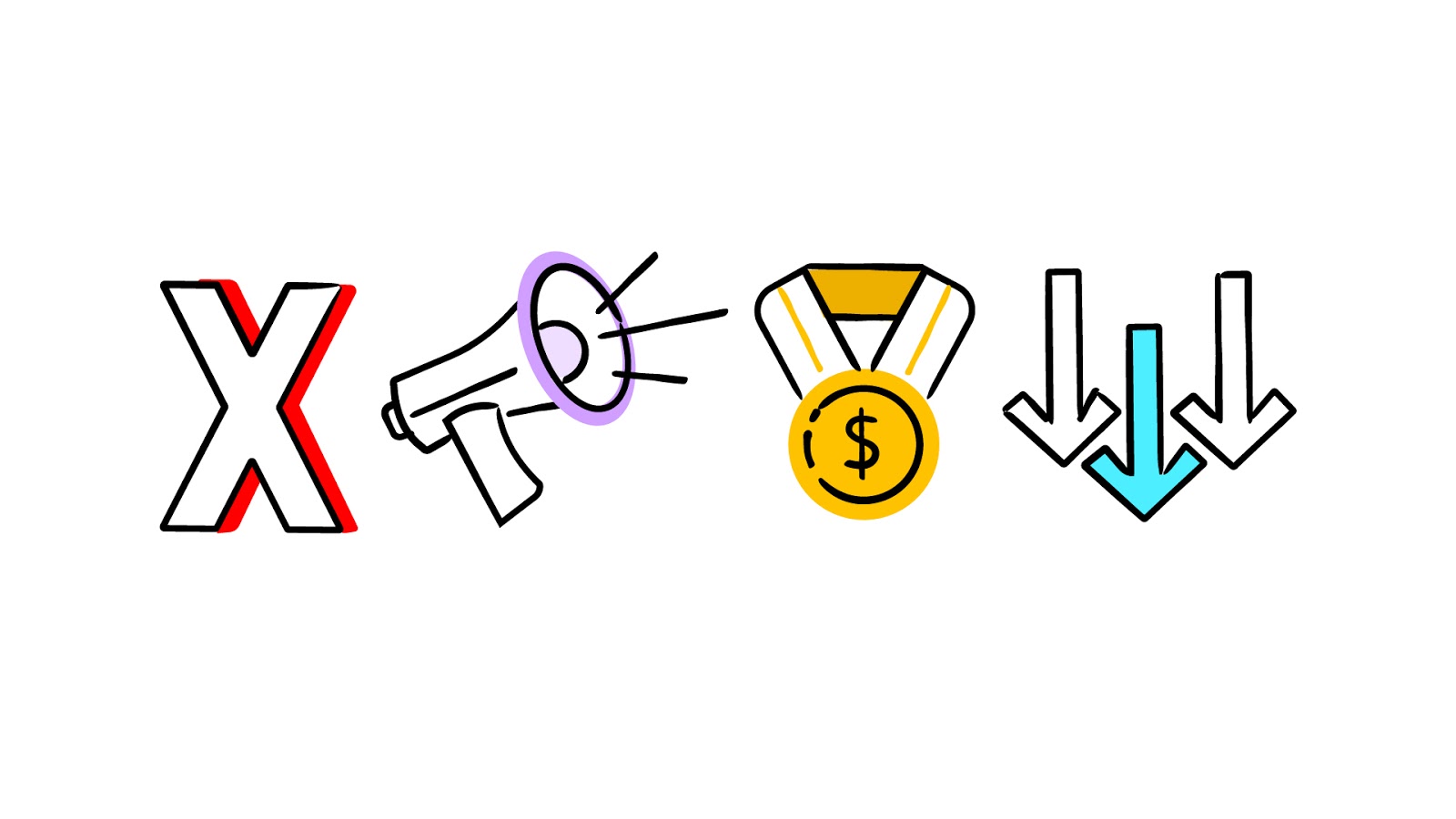The Four Rs of Responsibility, Part 1: Removing harmful content
Sep 03, 2019 – minute read

Sep 03, 2019 – minute read
Over the past several years, we’ve redoubled our efforts to live up to our responsibility while preserving the power of an open platform. Our work has been organized around four principles:
content that violates our policy as quickly as possible
up authoritative voices when people are looking for breaking news and information
trusted, eligible creators and artists
the spread of content that brushes right up against our policy line


The spikes in removal numbers are in part due to the removal of older comments, videos and channels that were previously permitted. In April 2019, we announced that we are also working to update our harassment policy, including creator-on-creator harassment. We’ll share our progress on this work in the coming months.

Last week we updated our Community Guidelines Enforcement Report, a quarterly report that provides additional insight into the amount of content we remove from YouTube, why it was removed, and how it was first detected. That report demonstrates how technology deployed over the last several years has helped us to remove harmful content from YouTube more quickly than ever before. It also highlights how human expertise is still a critical component of our enforcement efforts, as we work to develop thoughtful policies, review content with care, and responsibly deploy our machine learning technology.
1 From January, 2018 - June, 2019
2 Nov 16, 2016; https://youtube.googleblog.com/2016/11/more-parental-controls-available-in.html
2 June 18, 2017; https://www.blog.google/around-the-globe/google-europe/four-steps-were-taking-today-fight-online-terror/
2 July 31, 2017; https://youtube.googleblog.com/2017/07/global-internet-forum-to-counter.html
2 Aug 1, 2017; https://youtube.googleblog.com/2017/08/an-update-on-our-commitment-to-fight.html
2 Dec 4, 2017; https://youtube.googleblog.com/2017/12/expanding-our-work-against-abuse-of-our.html
2 April 23, 2018; https://youtube.googleblog.com/2018/04/more-information-faster-removals-more.html
2 Dec 1, 2018; https://youtube.googleblog.com/2019/06/an-update-on-our-efforts-to-protect.html
2 Jan 15, 2019; https://support.google.com/youtube/thread/1063296?hl=en
2 Feb 19, 2019; https://youtube-creators.googleblog.com/2019/02/making-our-strikes-system-clear-and.html
2 Feb 28, 2019; https://youtube-creators.googleblog.com/2019/02/more-updates-on-our-actions-related-to.html
2 June 5, 2019; https://youtube.googleblog.com/2019/06/our-ongoing-work-to-tackle-hate.html
2 July 1, 2019; https://support.google.com/youtube/thread/8830320
2 Aug 21, 2019; https://support.google.com/youtube/thread/12506319?hl=en
2 Coming soon; https://youtube.googleblog.com/2019/06/taking-harder-look-at-harassment.html